Racing in an IRONMAN gives its participants invaluable insight into the event. But there's one perspective they won't get: that of a volunteer or spectator.
Here are some lessons gleaned by volunteers and spectators that might help you in your next long-distance triathlon. A little forethought and practice can go a long way in helping make your next race a more positive experience.
The Swim
1 of 6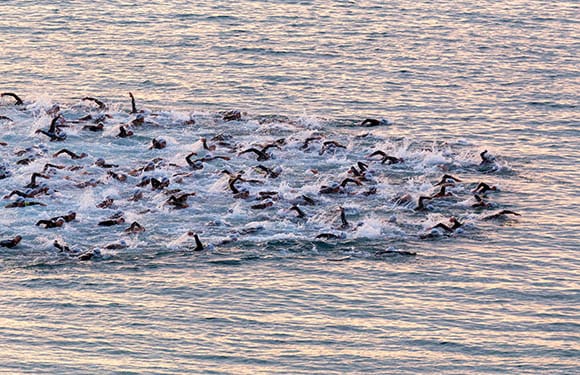
Mike Vas, who volunteered at Ironman Arizona paddling a kayak, offers this advice.
- If a kayaker is pointing in a direction you're not swimming, adjust your course.
- If a kayaker is yelling/talking to you he is likely giving you important and/or useful information. It might be worthwhile to pick your head up so you can hear what's being said.
The Bike Mount
2 of 6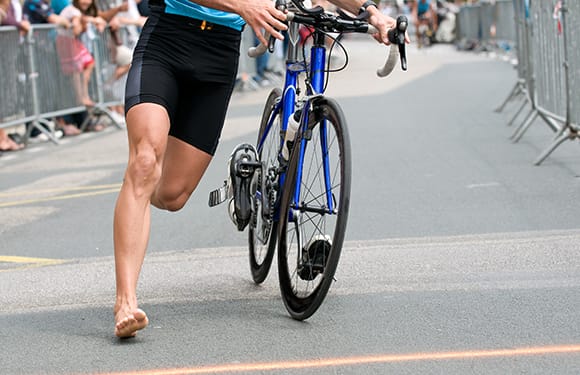
These lessons were learned from volunteers standing at the bike mount line, watching athletes start their 112 mile ride. Some are even obvious triathlon 101-type lessons.
- Know where the mount line is and don't try to get on your bike until then. I actually saw a pro who had no idea. He mounted his bike, realized his mistake, got off, and then remounted.
- Have your bike gearing in an easy gear and in the small chain ring. The only exception might be a downhill start. Many triathletes struggled just to get started and fought to clip in, turn the cranks, change gears—all under the stress of the race and knowing all those people behind you are coming to mount their bikes too.
- Run (or walk) your bike well past the mount line to a clear spot and then get on. Avoid all of that mass congestion at the line.
- Just a suggestion: learn the cyclocross running mount (and dismount) technique.
The Bike Course
3 of 6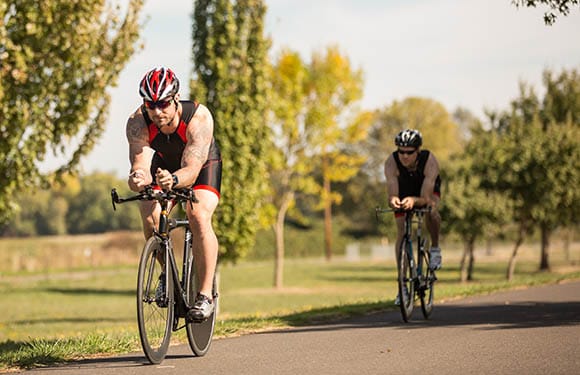
Out on the bike course, a volunteer at one of the aid stations noticed a few things that might help you as you ride through.
- Make sure you practice taking bottle hand offs before race day. Get a family member or friend to hand bottles to you.
- Know the order of items available at the stations. Often the volunteers are asked to keep it in the same order at every aid station to make it easier for you. If it starts with water and then energy drink with electrolytes, gel, and bananas, then you should know this so you're prepared.
- Shout clearly what you want. Even point at a volunteer at the same time if you can.
- Slow down before you take a hand off. Unless you're a pro, you'll easily miss what you want if you're going too fast.
- Pay attention to other athletes. Aid stations can be very hazardous, especially if there are a number of riders going through simultaneously. Assume everyone else riding through has the bike handling skills of 5 year old riding without training wheels for the first time. Ride defensively, but also be courteous.
The Transition
4 of 6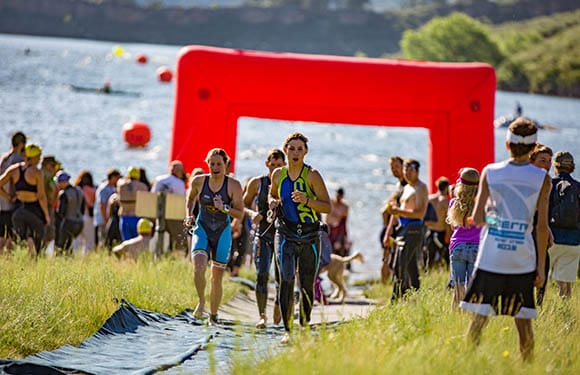
Volunteers in the transition areas at IRONMAN Florida and IRONMAN Arizona had these tips.
- Don't get frustrated when a volunteer can't find your gear bag because your number sticker fell off. Before turning in your bags before the race, use a black marker (such as a Sharpie) to mark all your bags with your race number just in case. Do it on both sides with big, bold numbers.
- Don't tie the bag strings in a knot. Tie it in a way that will be easy to untie in the transition tent when you're excited, nervous, anxious, delirious, or exhausted.
- Don't pack a bunch of stuff in your bag that you're not going to need. Plan ahead and limit what's in there. Many people pack way too much and then have to make too many decisions in their fatigued or delirious state of mind.
- Organize your stuff in the bag so everything will go more smoothly when you take things out. Roll your arm warmers so you can roll them up your arm to put them on. Roll your tight fitting tri race top so that it can be pulled down over your wet chest and back. If it gets rolled UNDER then you and the volunteer will really struggle to pull it down.
- Squeeze some chamois butter into a plastic zipper bag or get one of those single use portions. It will be easy to open and apply.
- Tell the assistant exactly what you need him or her to do. For example, "Please pull my top down." Or "I have an In-N-Out Burger in my hat. Please unwrap it for me." All the volunteers want to do is help you move through the tent quickly, smoothly, and without worry. Many will help you apply lotion, assist with clothing, put kinesio tape on you, or whatever. Take advantage of their assistance.
- Stay focused on the task at hand. The volunteers don't care to listen to your amazing triathlon history. They just want to move you through. Stay focused on the task.
The Run
5 of 6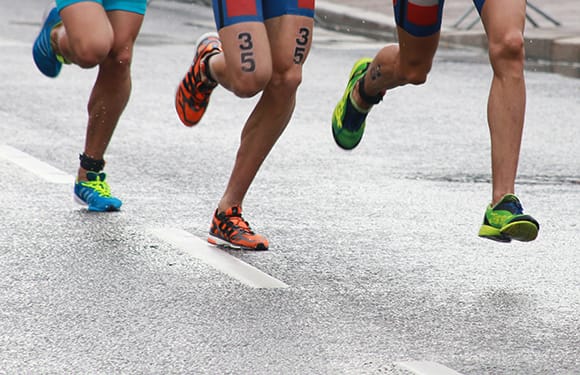
Not only do I coach and train triathletes as a USAT Certified Level 1 coach, but I've also spent many hours handing out bike-to-run gear bags at IRONMAN Arizona 2012, and I learned a few things that also might help you move on to the run.
- Yell out your number multiple times so volunteers can help get you your bag.
- You can leave your helmet on as you run to get your bag or take it off but hold it so volunteers can see your number.
- That way they'll know who you are and what bag to give you.
- Or, instead of using your helmet number, turn your race belt around to the front as you go to your bag so a volunteer knows where to send you and knows who to give your bag to.
- Just like in any triathlon, know where your stuff is so you can find it yourself, or so you can at least know where to go to get your bag from a volunteer. So many triathletes, including a few pros, had no idea where they had left their bag even though the bags were all well-organized into neat rows in numerical order.
- Finally, be grateful and thank any volunteers you come across as you race. They are there to help make your day one to remember.

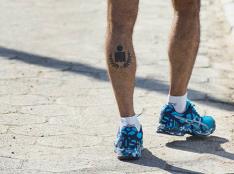



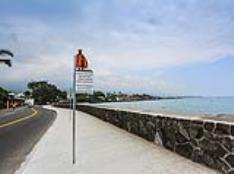
Discuss This Article